Stripping Woodwork
chipster_2007
16 years ago
Featured Answer
Sort by:Oldest
Comments (12)
donna322
16 years agobrickeyee
16 years agoRelated Professionals
Queen Creek Kitchen & Bathroom Designers · Wesley Chapel Kitchen & Bathroom Designers · Cleveland Kitchen & Bathroom Remodelers · Eagle Kitchen & Bathroom Remodelers · Fort Myers Kitchen & Bathroom Remodelers · Jacksonville Kitchen & Bathroom Remodelers · North Arlington Kitchen & Bathroom Remodelers · Pueblo Kitchen & Bathroom Remodelers · Dayton Architects & Building Designers · Five Corners Architects & Building Designers · Hockessin Architects & Building Designers · Oakley Architects & Building Designers · Rocky Point Architects & Building Designers · Wauconda Architects & Building Designers · West Palm Beach Architects & Building Designersmrstan1234
16 years agochipster_2007
16 years agobrickeyee
16 years agodonna322
16 years agocarrie_brooklyn
16 years agobrickeyee
16 years agobrickeyee
16 years agokimkitchy
16 years agopasigal
16 years ago
Related Stories
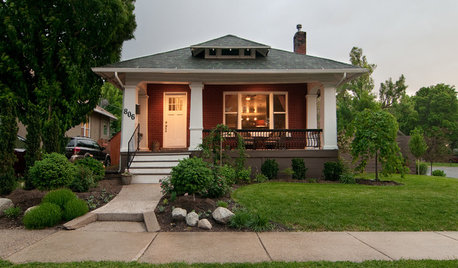
HOUZZ TOURSMy Houzz: Stripping Down Uncovers a 1910 Bungalow's Beauty
A first-time homeowner brings out the charm and coziness in her Utah home through determination and patience
Full Story
COLORWake Up Your Woodwork With Black
Strike a dramatic note with black window frames, shelves, stairs and more, making features stand out or blend in
Full Story
LIVING ROOMSRoom of the Day: Dark and Daring Pay Off in a Den Redesign
Indigo walls and woodwork, textured furnishings, task lighting and a media center turn a neglected room into a family hangout
Full Story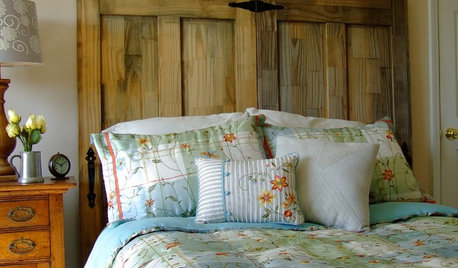
DIY PROJECTSMake Your Own Rustic-Chic Headboard From Salvaged Doors
Turn old doors into a charming headboard with these step-by-step instructions from an expert woodworker
Full Story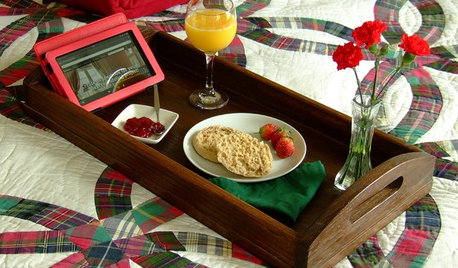
DIY PROJECTSNeat Little Project: Make a Sturdy Wood Serving Tray
New to woodworking? This DIY wood tray project will get you closer to being an old hand
Full Story
TRADITIONAL HOMESHouzz Tour: Redo Shines Light on 19th-Century Newport Beauty
The renovated Rhode Island home boasts gorgeous woodwork, an appealing wraparound porch and a newly spacious kitchen
Full Story
HOME OFFICESRoom of the Day: A Room With a View and Books
Fine woodworking highlights a master suite’s dedicated library-office in a lakeside home in Vermont
Full Story
HOUZZ TOURSMy Houzz: DIY Details Add Personality to a Dutch Home
Charming collections, woodworking projects and spots of color perk up a family's interior
Full Story
HOUZZ TOURSMy Houzz: Old-World European Flair in Oregon
Custom woodwork, stained glass and Arts and Crafts touches create warm, earthy interiors in a ranch-style home
Full Story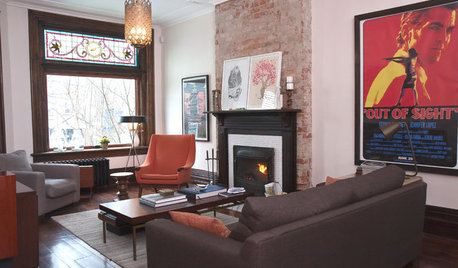
HOUZZ TOURSMy Houzz: An 1890s Victorian in Toronto Goes Modern and Open
Out went the closed-in vibe, but much stayed on in this Canadian home's renovation: stained glass, woodwork and a lot of personality
Full Story





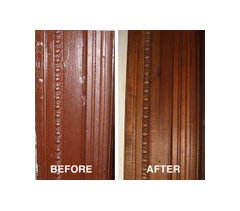




donna322